| Description | | The most common cause of breast size is familial factors. In addition, breast enlargement is observed due to weight gain, hormonal disorders, pregnancy, breastfeeding and various breast diseases.
Is breast size an aesthetic problem?
Breast size is a health problem rather than an aesthetic problem. Large breasts put a considerable strain on the neck and back. As a result, patients develop treatment-resistant shoulder and back pain, flattening and deformity in the neck vertebrae. Most patients suffer from shoulder and back pain for years, take physical therapy and have to use a lot of drugs.
When people with large breasts use a bra, collapses and deformities occur on the shoulders, especially where the bra strap passes.
These people have rashes, fungal infections and bad odors that cause serious discomfort, especially in summer, under the breasts and between the nipples.
The size of the breasts causes serious problems in the social life of people, especially in adolescence and young girls.
Women with large breasts have difficulty in finding suitable clothes, have limited arm movements, and even have respiratory distress while lying on their backs and say that they feel as if they are suffocating.
What technique is breast reduction surgery performed with?
In breast reduction surgery, an appropriate amount of breast tissue is left for the person's body and excess breast tissues are removed. The drooping breasts are placed where they should be on the body, ensuring uprightness and recovery.
How many hours does breast reduction surgery take?
Breast reduction surgeries take 2-4 hours depending on the size of the breast.
How many days do I need to stay in the hospital after breast reduction surgery?
After breast reduction surgery, we can usually discharge the patient on the same day. If patients experience discomfort such as nausea, vomiting, dizziness, swelling and pain due to anesthesia, we consider it appropriate to follow these complaints in the hospital until they resolve.
How many days does recovery take after breast reduction surgery?
After breast reduction surgeries, the breasts heal in about 10 days.
When can one return to social and business life after breast reduction surgery?
After breast reduction surgery, people can return to their normal social lives in about 1 week. We recommend that they start heavy sports activities after about 1 month. If they have a job where they do not exert excessive physical effort, they can return to business life after 1 week. We recommend patients who have a job that requires physical activity to wait 2-3 weeks. | Abdominal stretching surgeries vary according to the technique applied and the severity of the patient's complaint. Which one should be applied to you is decided after the pre-operative interview and examination. | | | |
| Content | Laser therapy uses high-energy beams to evaporate external exhausted segments of the skin and lead to reproduce fresh skin tissues. Laserskin rejuvenance application increases skin elasticity and seriously decreases wrinckles. 4-6 sessions applications with 3-5 days interval are sufficent | Breast reduction surgery is an operation performed to bring the breasts that are larger than the person's body to normal sizes. | During pregnancy, due to sudden growth in the abdomen or as a result of weight gain or loss, sagging in the abdomen, cracks, etc. There are some undesirable changes. Abdominal stretching helps to reduce these complaints. In fact, the patients with the best results are those who have come because of their sagging after weight loss. Although it is not possible for all the cracks on the abdomen to disappear in tummy tuck surgeries, it is possible to reduce them even more. There is no doubt that it is appropriate to perform this type of surgery by Aesthetic and Plastic surgery specialists, in appropriate operating room conditions and when all conditions that protect the patient are met. |
| GENERAL CARDIOLOGY SCREENING PACKAGE |
| LABORATORY ANALYSIS |
| Glucose |
To determine whether or not your blood glucose level is within normal ranges; to screen for, diagnose, and monitor diabetes, and to monitor for the presence of hypoglycaemia (low blood glucose) and hyperglycaemia (high blood glucose) |
| HbA1c |
To monitor average blood glucose levels over a 3 month period. Used to help diagnose and monitor people with diabetes |
| Urea (Bun) |
To measure how much of waste product you have in your blood. It is used to determine how well your kidneys are working |
| Creatinine |
To assess kidney functions |
| Uric Acid |
To diagnose kidney disorder,diagnose and monitor people with gout, monitor kidney function |
| Complete Urinalysis Test |
To look for metabolic and/or kidney disorders and for urinary tract infections |
| Total Cholesterol |
To screen for risk of developing cardiovascular disease (heart disease, stroke and related diseases); to monitor treatment |
| LDL Cholesterol |
| HDL Cholesterol |
| Triglycerides |
| AST (SGOT) |
To diagnose liver, bile duct and heart diseases |
| ALT (SGPT) |
| Sodium |
To investigate causes of dehydration, oedema, problems with blood pressure, or non-specific symptoms |
| Potassium |
To help diagnose and determine the cause of an electrolyte imbalance; to monitor treatment for illnesses that can cause abnormal potassium levels in the body |
| Calcium |
To scan, diagnose, and monitor a range of conditions relating to the bones, heart, nerves, kidneys, and teeth |
| C-Reactive Protein (CRP) |
To identify the presence of inflammation, to determine its severity, and to monitor response to treatment |
| 25 Hydroxy Vitamin D |
To investigate a problem related to bone metabolism or parathyroid function, possible vitamin D deficiency, malabsorption, before commencing specific bone treatment and to monitor some patients taking vitamin D |
| Homocysteine |
To find out if you are at high risk of a heart attack or stroke; also used to determine if you are folate-deficient or vitamin B12-deficient |
| Lipoprotein A |
To evaluate targeted screening for cardiovascular disease (coronary artery disease (CAD) and cerebrovascular disease) risk assessment |
| Blood Count Haemogram |
Haemogram serves as broad screening panel that checks for the presence of any diseases and infections in the body. |
| Troponin |
To see if you have had a heart attack or damage to your heart muscle |
| Vitamin B12 |
To help diagnose the cause of anaemia or neuropathy (nerve damage), to evaluate nutritional status in some
patients, to monitor effectiveness of treatment of B12 or folate deficiency |
| Free T3 |
To help diagnose hyperthyroidism and monitor it's treatment |
| Free T4 |
To diagnose hypothyroidism or hyperthyroidism in adults and to monitor response to treatment |
| TSH |
To screen for and diagnose thyroid disorders; to monitor treatment of hypothyroidism and hyperthyroidism |
| D- dimer |
To help diagnose or exclude thrombotic (blood clot producing) or bleeding diseases and conditions |
| OTHER ANALYSIS |
| Carotid Ultrasound |
To detect narrowing, or stenosis, of the carotid artery, a condition that substantially increases the risk of stroke |
| Echocardiogram |
To evaluate how your heart moves, heart valves are working and heart’s pumping strength |
| Electrocardiogram |
To measure the electrical activity of the heartbeat and hearth rhythm |
| Exercise Stress Test |
To determine how well your hearth handles work. The test can show if the blood supply is reduced in the arteries that supply the heart |
| EXAMINATIONS |
| Cardiology Examination |
General physical examination, evaluation of the results and recommendations |
| General Surgery Examination |
| Dermatology Examination |
|
What is laser tattoo removal?
Tattooing is a permanent procedure on the skin. Tattoo removal can be done with modern methods when, for any reason, the person does not want to see his tattoo on his body anymore.
Tattoo removal, permanent make-up and stain treatment can be performed with the Q-switch Nd:YAG laser. This process is a technology that destroys the color pigments used in tattoos by focusing. During this very delicate process, the laser sees and destroys the pigment and damages the tissue as little as possible. In laser tattoo removal, which is a long and laborious process, one hundred percent result may not always be achieved. For this, the decision to have a tattoo should be considered very well, and possible future regrets should be considered.
How is laser tattoo removal done?
Tattoo and skin analysis should be done before the procedure. Lasers designed for tattoo removal and spot treatment send the beam to the epidermis layer of the skin, absorb the compounds that give color to the dermis and subcutaneous tattoo, and destroy the chemical substance by breaking it down. The wavelength of the laser; is adjusted according to the size, density and color of the tattoo.
In laser shots, dye pigments are made without damaging the tissues.
While black dyes under the skin are better detected by the laser, more effective results are obtained, while the same is not true for light-colored dyes.
Different wave sizes are used in tattoos with multi-colored paints.
How many sessions does laser tattoo removal take?
There are some environmental and structural factors in tattoo removal. It is important in which part of the body the tattoo is located. More sessions are required to remove tattoos, especially on the tips of the feet and fingers. For tattoos on larger areas of the body, a more effective process is performed and removed. The duration of the erasing process varies due to the color of the tattoo, the amount and type of paint used in the tattoo. Tattoo removal sessions take place at intervals of approximately 1.5 – 2 months. The number of sessions varies according to the person and the nature of the tattoo.
Will there be any scars after laser tattoo removal?
After each tattoo removal session, the color of the tattoo will lighten by approximately 20%. In tattoos where multi-colored and phosphorescent colors are used, the erasing process may be longer.
Is laser tattoo removal painful?
After numbing the skin part with cream or local anesthesia, the procedure is performed by protecting the upper skin layer in that area with the help of a Q-Switch ND-YAG laser and cooler. After the procedure, there may be bleeding in the area and crusting on the skin that will last for about a few days after the procedure. After the application, antibiotic cream should be used to both repair the area and prevent the development of infection.
When should laser tattoo removal be done?
While tattoo removal is more comfortable in winter, it is not preferred in summer due to the risk of staining with the effect of the sun. The time of the procedure varies according to the size of the tattoo. Since the sun is out in the summer, problems such as permanent staining may occur after the procedure. The best time for this is the winter months. |
| 1 TO 16 YEAR OLD CHILD SCREENING PACKAGE |
| LABORATORY ANALYSIS |
| Glucose |
To determine whether or not your blood glucose level is within normal ranges; to screen for, diagnose, and monitor diabetes, and to monitor for the presence of hypoglycaemia (low blood glucose) and hyperglycaemia (high blood glucose) |
| Urea (Bun) |
To measure how much of waste product you have in your blood. It is used to determine how well your kidneys are working |
| Creatinine |
To assess kidney functions |
| Complete Urinalysis Test |
To look for metabolic and/or kidney disorders and for urinary tract infections |
| AST (SGOT) |
To diagnose liver, bile duct and heart diseases. |
| ALT (SGPT) |
| Sodium |
To investigate causes of dehydration, oedema, problems with blood pressure, or non-specific symptoms |
| Potassium |
To help diagnose and determine the cause of an electrolyte imbalance; to monitor treatment for illnesses that
can cause abnormal potassium levels in the body |
| Calcium |
To scan, diagnose, and monitor a range of conditions relating to the bones, heart, nerves, kidneys, and teeth. |
| C-Reactive Protein (CRP) |
To identify the presence of inflammation, to determine its severity, and to monitor response to treatment. |
| 25 Hydroxy Vitamin D |
To investigate a problem related to bone metabolism or parathyroid function, possible vitamin D deficiency, malabsorption, before commencing specific bone treatment and to monitor some patients taking vitamin D. |
| Iron |
To determine your blood iron level and to help diagnose iron-deficiency anemia or iron overload. |
| Transferrin and Iron-binding
Capacity |
To help diagnose iron-deficiency or iron overload. |
| Blood Count Haemogram |
Haemogram serves as broad screening panel that checks for the presence of any diseases and infections in the
body. |
| Ferritin |
To help assess the levels of iron stored in your body |
| Vitamin B12 |
To help diagnose the cause of anaemia or neuropathy (nerve damage), to evaluate nutritional status in some
patients, to monitor effectiveness of treatment of B12 or folate deficiency |
| Free T3 |
To help diagnose hyperthyroidism and monitor it's treatment |
| Free T4 |
To diagnose hypothyroidism or hyperthyroidism in adults and to monitor response to treatment |
| TSH |
To screen for and diagnose thyroid disorders; to monitor treatment of hypothyroidism and hyperthyroidism |
| Folate |
A cause of anemia or neuropathy; to evaluate nutritional status in some people; to monitor the effectiveness
of treatment for vitamin B12 or deficiency |
| Anti HBs |
To detect, diagnose and follow the course of an infection with hepatitis B virus (HBV) or to determine if
the vaccine against hepatitis B has produced the desired level of immunity |
| Fecal Direct Parasite Search (Ova
& Parasite Exam) |
To determine whether you have a parasite infecting your digestive tract |
| OTHER ANALYSIS |
| Abdominal Ultrasound |
To identify diseases at organs in the abdomen, including the liver, gallbladder, spleen, pancreas, and kidneys. |
| Electrocardiogram |
To measure the electrical activity of the heartbeat and hearth rhythm |
| EXAMINATIONS |
| Ophtalmology Examination |
General physical examination, evaluation of the results and recommendations. |
| Pediatrics Examination |
| E.N.T. Examination |
| General Surgery Examination |
| Dermatology Examination |
|
| Additional information |
| Sessions |
1 session, 5 sessions
|
| |
| Select Hospital |
Antalya Yaşam Hospital, ASV Yaşam Hospital, Alanya Yaşam Hospital, Manavgat Yaşam Hospital
|
|
| Select Hospital |
Antalya Yaşam Hospital, Kemer Yaşam Hospital, ASV Yaşam Hospital, Opera Yaşam Hospital, Alanya Yaşam Hospital, Manavgat Yaşam Hospital
|
|
| Select Hospital |
Antalya Yaşam Hospital, Kemer Yaşam Hospital, ASV Yaşam Hospital, Opera Yaşam Hospital, Alanya Yaşam Hospital, Manavgat Yaşam Hospital
|
|
| Select Hospital |
Antalya Yaşam Hospital, Kemer Yaşam Hospital, ASV Yaşam Hospital, Opera Yaşam Hospital, Alanya Yaşam Hospital, Manavgat Yaşam Hospital
|
|
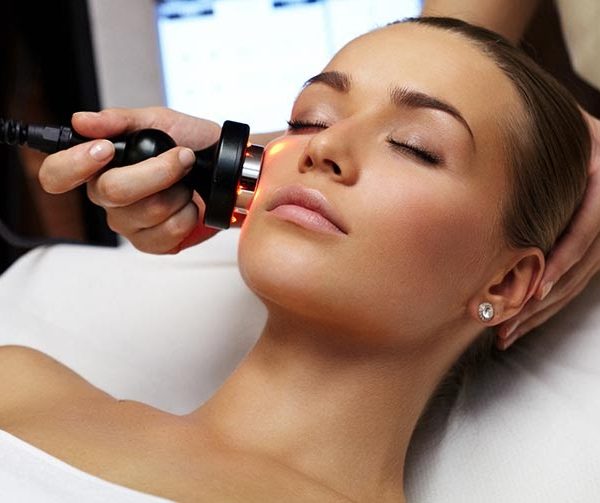


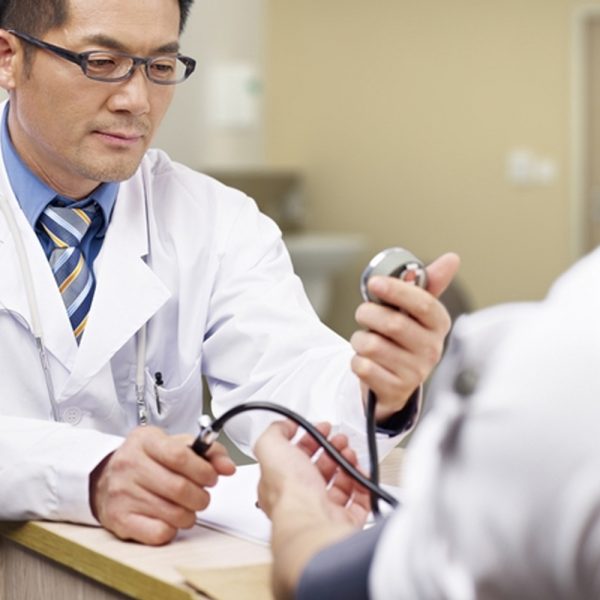
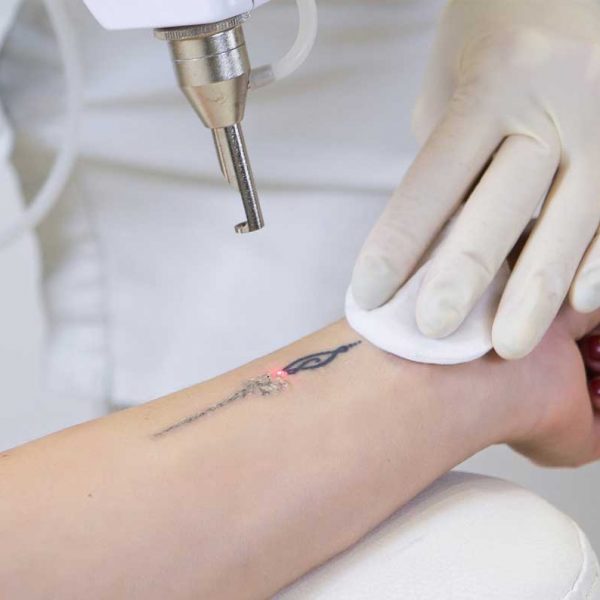
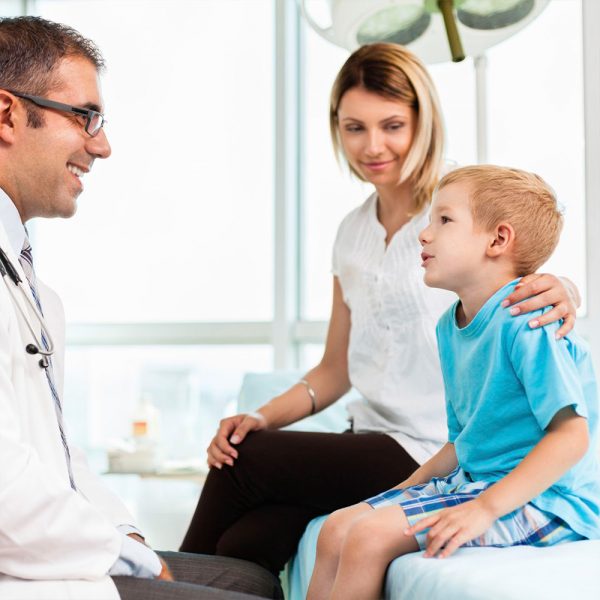

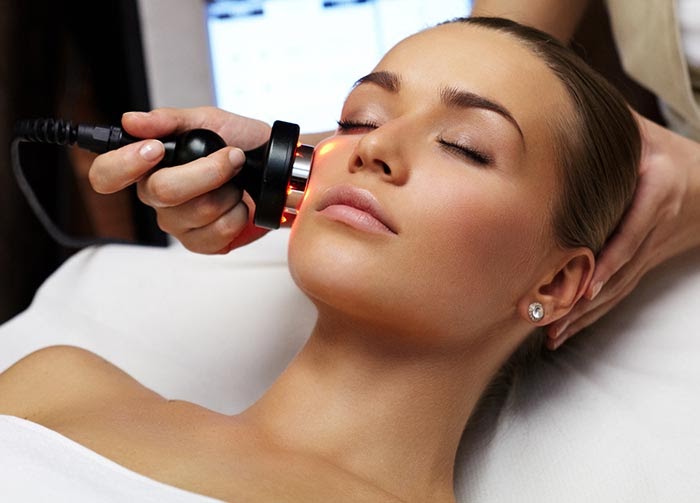
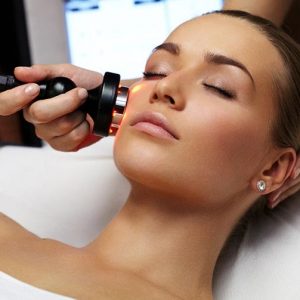
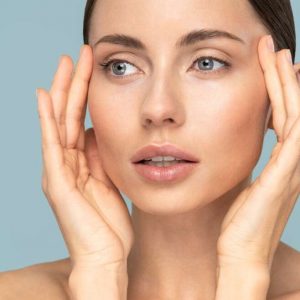
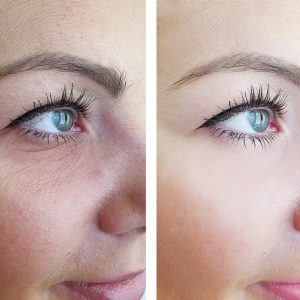
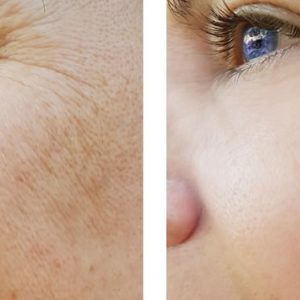




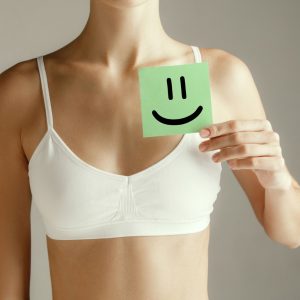
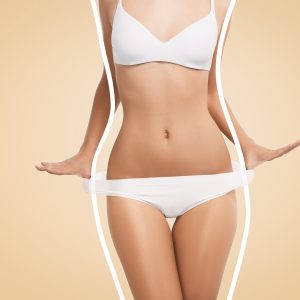


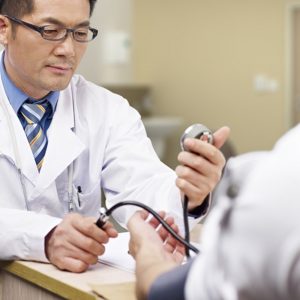
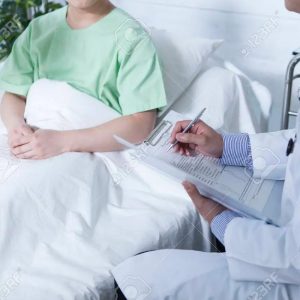

Reviews
There are no reviews yet.